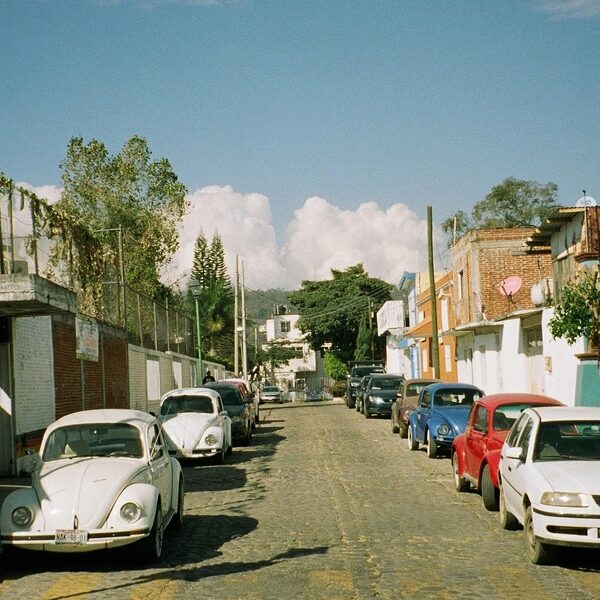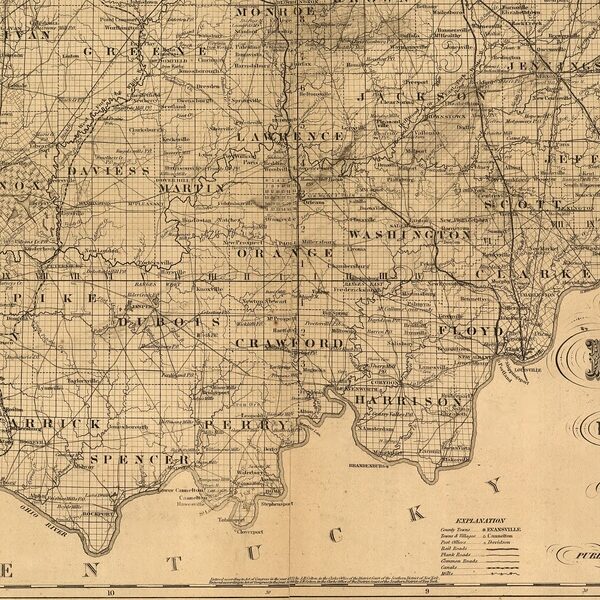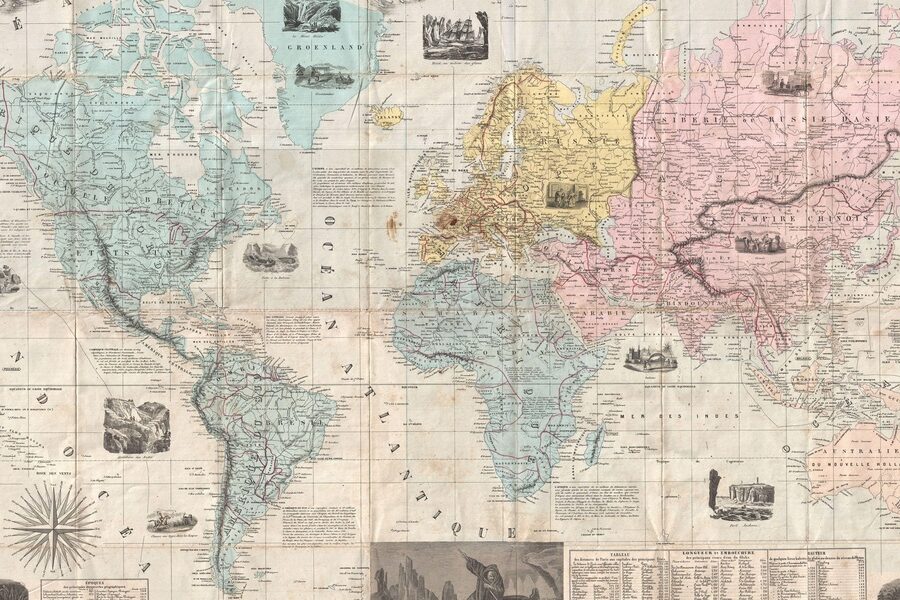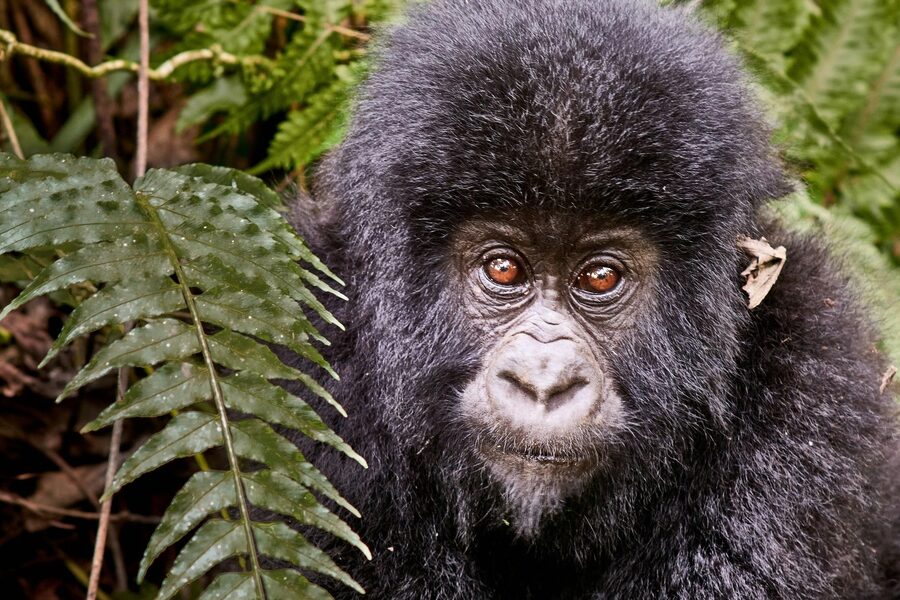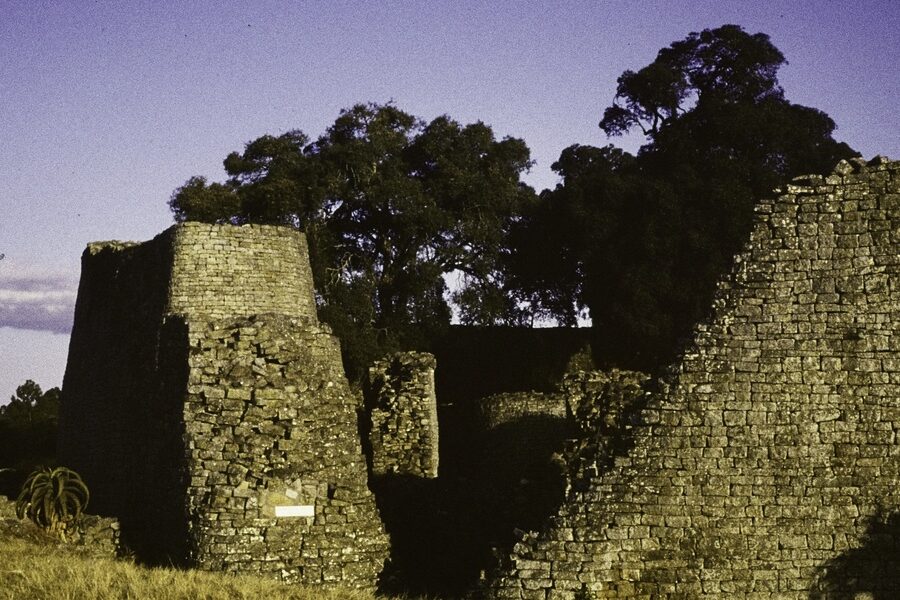Bolivia’s mix of high plains, salt flats and Amazon basin holds layers of human history and distinctive landscapes. From pre-Columbian urban centers to colonial silver towns and living indigenous traditions, the country’s heritage tells stories across elevation, climate and culture.
There are 7 World Heritage Sites in Bolivia, ranging from City of Potosí to Tiwanaku. The list is presented with the columns Type,Location (department / nearest city),Year inscribed; you’ll find below.
Are Bolivia’s World Heritage Sites easy to visit year-round?
Accessibility varies: sites near cities like Tiwanaku (near La Paz) and the City of Potosí are reachable year-round by road, though high altitude and seasonal rains can affect travel; more remote or environmentally sensitive sites may require guided access or seasonal planning. Check local transport options and weather windows before you go.
How are these sites protected and managed in Bolivia?
Protection combines national laws, UNESCO oversight, and local management plans, often involving municipal authorities and community stakeholders; effective conservation depends on funding, enforcement, and balancing tourism with local needs, so ongoing monitoring and adaptive plans are common.
World Heritage Sites in Bolivia
| Name | Type | Location (department / nearest city) | Year inscribed |
|---|---|---|---|
| City of Potosí | Cultural | Potosí Department, city of Potosí | 1987 |
| Jesuit Missions of the Chiquitos | Cultural | Santa Cruz Department, Chiquitania region | 1990 |
| Historic City of Sucre | Cultural | Chuquisaca Department, city of Sucre | 1991 |
| Fuerte de Samaipata | Cultural | Santa Cruz Department, near Samaipata | 1998 |
| Noel Kempff Mercado National Park | Natural | Santa Cruz Department, near the Brazilian border | 2000 |
| Tiwanaku | Cultural | La Paz Department, near Lake Titicaca | 2000 |
| Qhapaq Ñan, Andean Road System | Cultural | La Paz, Oruro, Potosí Departments | 2014 |
Images and Descriptions
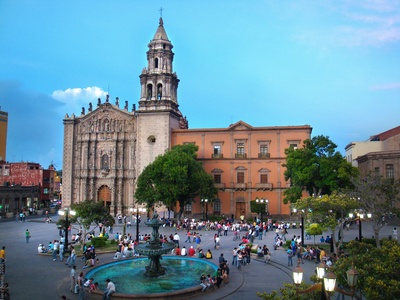
City of Potosí
Once the world’s largest industrial complex, Potosí’s immense silver wealth financed the Spanish Empire. Visitors can explore its rich colonial architecture, the Royal Mint, and the infamous Cerro Rico mines, which offer a stark look into its storied past.
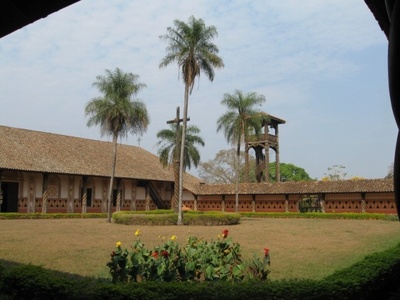
Jesuit Missions of the Chiquitos
A series of six beautifully preserved 17th and 18th-century mission towns founded by Jesuits. They feature a unique fusion of European Baroque and indigenous artistic styles. Visitors can tour the ornate wooden churches, which still host vibrant music festivals.
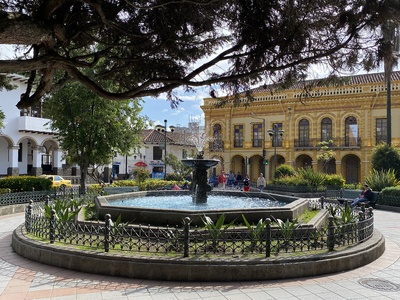
Historic City of Sucre
Known as the “White City,” Sucre is Bolivia’s constitutional capital and birthplace of its independence. Its well-preserved 16th-century buildings blend local traditions with European architectural styles. Visitors enjoy its tranquil courtyards, museums, and stunning white-washed facades.
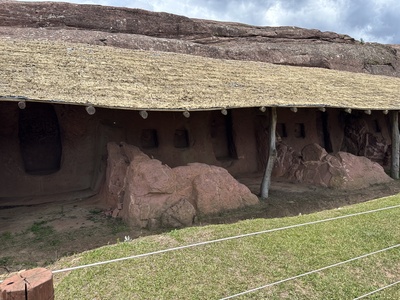
Fuerte de Samaipata
An archaeological site featuring a massive carved sandstone hill, it represents the ceremonial center of ancient cultures, including the Chané and Inca. Known as “El Fuerte,” it’s not a military fort but a pre-Columbian religious site of immense spiritual significance.
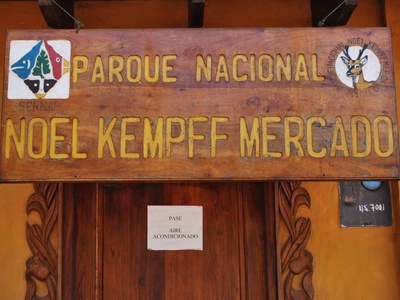
Noel Kempff Mercado National Park
A pristine wilderness with extraordinary biodiversity, this park protects five distinct ecosystems, from Amazonian rainforest to savanna. It’s a haven for rare wildlife like the giant otter and maned wolf, offering remote eco-tourism and spectacular waterfalls for adventurous visitors.
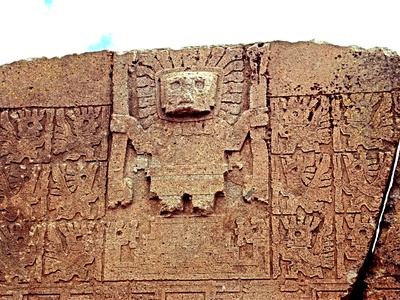
Tiwanaku
The spiritual and political center of the powerful pre-Inca Tiwanaku civilization. This vast archaeological site features monumental stone structures like the Gateway of the Sun and the Akapana pyramid, providing insight into one of the Andes’ most important ancient cultures.
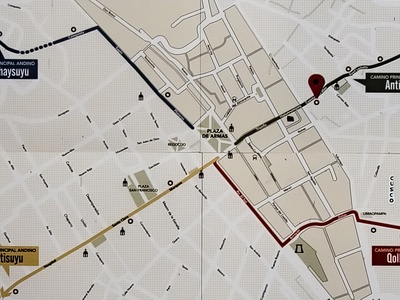
Qhapaq Ñan, Andean Road System
A monumental Inca road network that connected the entire empire, this transnational site includes significant sections in Bolivia. It represents incredible engineering and social organization. Visitors can hike preserved segments, experiencing the same landscapes traversed by the Inca centuries ago.


